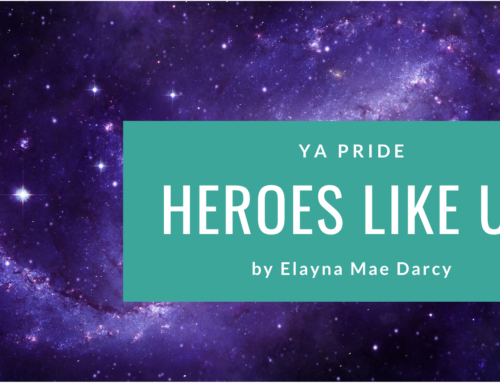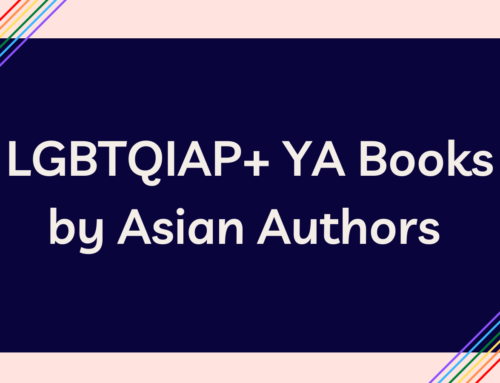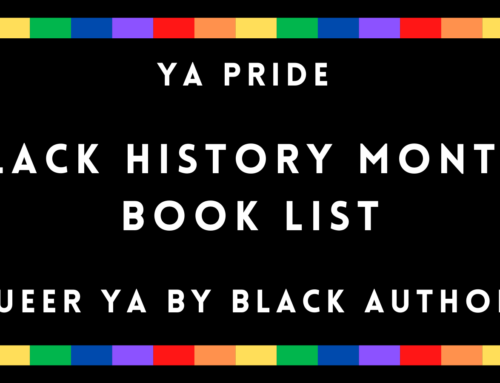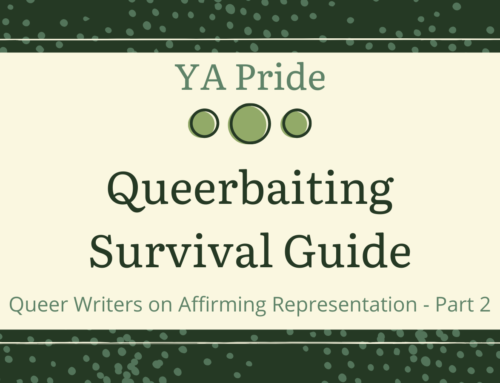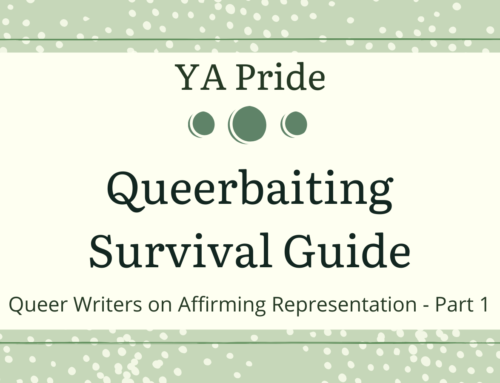Now that my debut middle grade novel, George, has been released into the world (fly, baby, fly!!) I’ve been witnessing and engaging in conversations about “who this book is for”. In other words, “is this age-appropriate?”
Now let me be clear. There is no age at which it is inappropriate to appreciate people for who they are. And there is no age before we know ourselves. We may not have fully formed those notions, but each of us is the only person we know inside and out, and each of our challenges includes finding, respecting, and celebrating that self.
I am excited and delighted by the wave of queer literature that is finally appearing in YA: happy stories, sad stories, complicated stories, people who are fine with their queerness, people for whom their queerness plays little role in the troubles in their lives. There’s even a supertastic blog (Hi gayya.org!) and other growing resources for teens. I’m also grateful for the growing collection of picture books that let kids explore many ways of being.
In between lies middle grade. Not middle school, which is practically YA territory, but middle grade, which typically spans fourth through sixth grade. 9 through 12 year olds. A key age in learning about the separation between self and other. Where do my parents’ values end and mine begin? How am I like my friends, and how can I bear to be different from them? What am I doing because I like it and what am I doing because people have always expected me to?
And right in that pocket of intellectual development, the field of literature is nearly barren. Sure, you can counter with “what about X book”, and why yes, I am so happy it exists! And I remind you that one book, or even three or four, aren’t enough. We need more.
So not only is LGBTQIA literature appropriate at any age. It is, in fact, critical for people of all ages to see a range of potentials to help them steer themselves in their own direction. Babies of queer parents should get to see families like theirs in board books. Sparkleboy toddlers deserve picture books about kids like them. And nonbinary elementary school students seeing themselves in middle grade novels would know acceptance much earlier than so many of us reading this did.
You do not have a choice in who children are, yours or anyone else’s. But the adults in a child’s life have a big choice in whether to provide tools to support kids in exploring and naming who they are, or whether to hide their road from them, and make it so much harder for them to clear the paths later.
—
Alex Gino loves glitter, ice cream, gardening, awe-ful puns, and stories that reflect the diversity and complexity of being alive. Alex’s debut, George, a middle grade novel about a transgender girl, was published by Scholastic Press in August 2015. You can find them on twitter as @lxgino.
